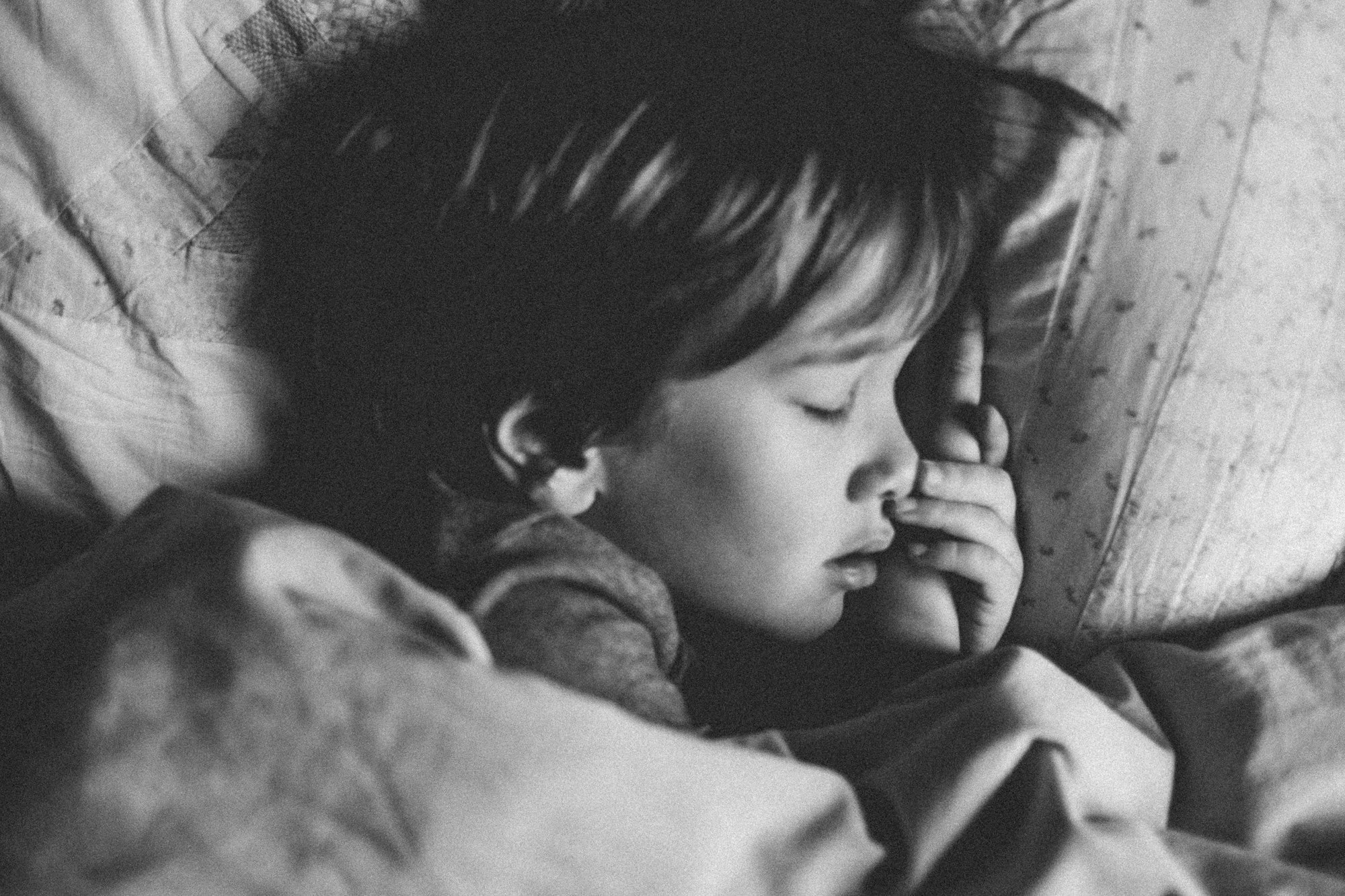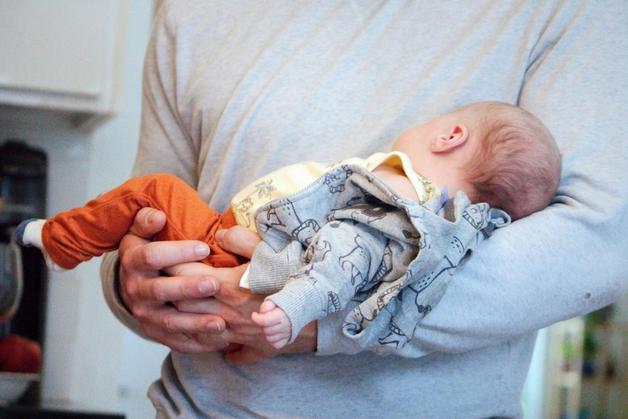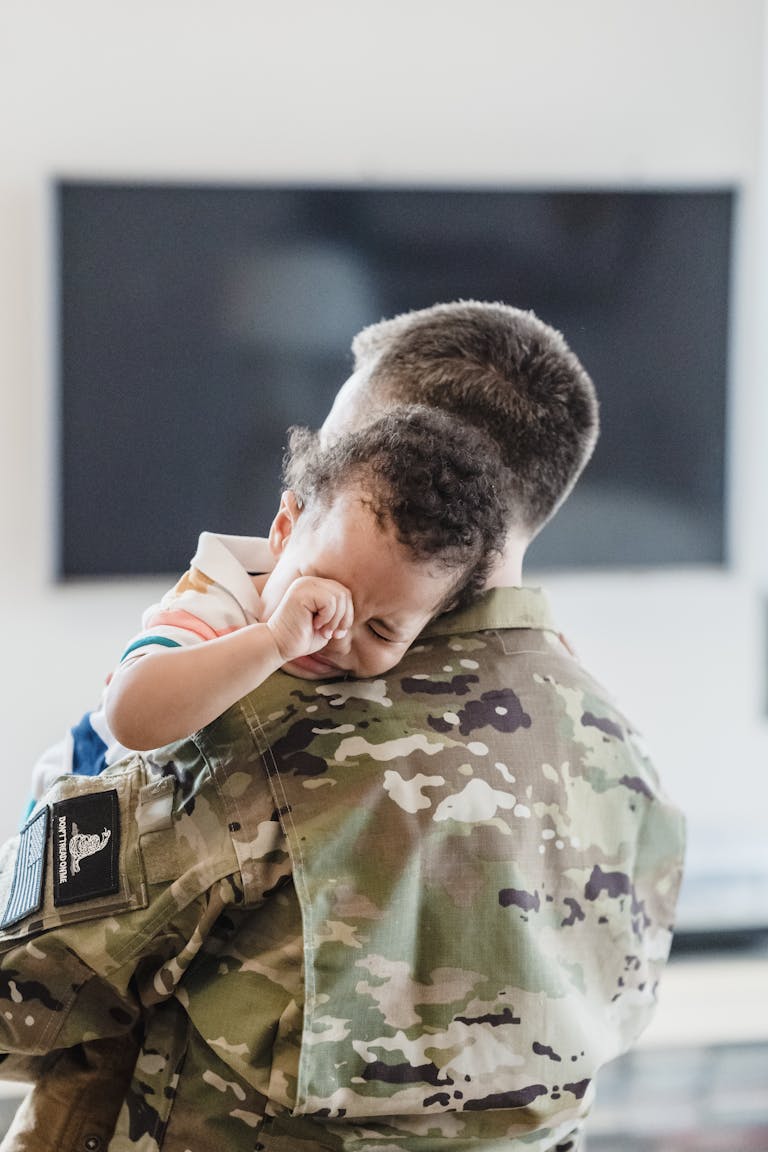If your little one’s nose seems to have turned into a mini water tap—especially during school term or when the seasons change—you’re likely searching for both relief and understanding. Every parent has known that moment: a sudden sniffle, a tiny sneeze, a stream of clear or cloudy mucus. At first, it can trigger a flurry of questions and even a bit of anxiety. Is it just a common cold? Is some hidden allergy at play? Do you need to worry if the runny nose in children stretches on for more than a week? The reality is, a runny nose in children is almost as common as scraped knees—and, most of the time, just as manageable with the right approach. But that cascade of mucus can disrupt sleep, cause mild panic when feeding is tricky in infants, or simply leave everyone in the family reaching for tissues around the clock.
Understanding what triggers a runny nose in children, how symptoms evolve, and which strategies actually soothe (and which are myths) can make all the difference between helpless frustration and calm, confident action. Explore why those tiny noses are always on overdrive, decode what different colours of mucus might actually signal, and learn exactly when a doctor’s visit is wise. It’s not just about stopping the flow—it’s about supporting comfort, spotting warning signs, and helping your child bounce back, nose first, into everyday fun.
What exactly is a runny nose in children?
When doctors refer to rhinorrhea, they simply mean that the nose is producing more mucus than usual. This excess isn’t just a nuisance—it’s a defence mechanism. Mucus acts like a sticky trap for dust, pollutants, germs, and allergens. But when children’s immune systems encounter a fresh virus or an irritant in the environment, the nose quickly ramps up mucus production. In tiny nostrils (much smaller than adults’), that often means things get blocked or runny quite fast.
There’s a physiological recipe behind this phenomenon. Children’s nasal mucosa—the thin, sensitive lining inside the nose—reacts robustly to nearly any invader. Add narrower airways and relatively oversized adenoids and tonsils (especially in infants and toddlers), and the result is almost predictable: congestion, postnasal drip, or that omnipresent wet snuffle.
Why is a runny nose so frequent in young children?
Imagine a crowded classroom or an active playground. Children touch, share, and sneeze freely—ideal conditions for respiratory viruses like rhinovirus or respiratory syncytial virus (RSV) to spread. The immune system, still learning the ropes, responds vigorously, often with a runny nose in children as its visible calling card. Many times, it’s a story that repeats multiple times a year, especially during the damp monsoon or chilly winter.
Also, babies and toddlers explore the world hands-first and, sometimes, nose-first. It’s not rare for a curious child to pop something tiny up the nostril, leading to blockage and discharge until the ‘foreign body’ is removed. All this, plus allergy triggers like pollen or house dust mites, means that parents are rarely strangers to a runny nose in children.
Medical causes: What triggers all that mucus?
Viral infections—nature’s number one culprit
Colds, the flu (influenza), and mild throat infections like nasopharyngitis dominate the list. Typically, the mucus starts clear and watery, with symptoms like mild fever, a soft cough, occasional sneezing, perhaps a sore throat, and reduced appetite. As days pass (think day 4 to 7), mucus might thicken and shift colours, even without any bacterial infection.
Allergies: not just a seasonal visitor
If the runny nose in children lingers, especially with bouts of sneezing and eye itchiness, allergens may be to blame. Pet dander, pollen, house dust, or even mold hidden in damp corners can launch an attack. Allergic rhinitis sees the immune system treating harmless particles as unwanted invaders, unleashing clear, persistent discharge.
Bacterial sinus and other less common causes
Sometimes, after an initial viral hit, a secondary bacterial infection—such as bacterial sinusitis—takes hold. This can produce thick, greenish mucus, facial discomfort, or even swelling. Don’t ignore discharge that smells foul, is bloody, or only comes from one side: toddlers have been known to stash everything from beads to bits of food in their noses.
Environmental and lifestyle triggers
Kids’ noses are sensitive. Cigarette smoke, strong perfumes, urban air pollution, and even abrupt weather changes (think transitioning from damp to dry air) can flip the mucus-production switch. During teething, some parents notice mild drooling or a touch of gum irritation, but a persistent runny nose almost always traces back to infection or irritation, rarely teething alone.
Recognising symptoms: Colour, pattern, and when to worry
Early on, clear mucus dominates. Later, it may become thicker, yellow, or even green—especially around days 4 to 7 of a cold. Contrary to popular belief, colour change does not automatically mean antibiotics are necessary. Fever in a runny nose in children tends to be mild (below 38.5°C) and doesn’t usually last beyond three days, unless complications like sinusitis or ear infection creep in.
You might also notice:
- Congested breathing or blocked nose, making sleep or feeds tricky for infants.
- Sneezing, especially with allergies.
- Cough, typically wet or coming from postnasal drip.
- Itchy, watery eyes, suggesting an allergic trigger rather than infection.
- Red, irritated nostrils, a telltale sign of frequent wiping.
Persistent runny nose (beyond two weeks), high or recurring fever, noisy breathing, or behaviour changes—these are gentle nudges toward seeking a paediatric opinion.
Understanding diagnosis: How doctors identify the cause
Story matters. Your doctor will ask about how long the symptoms have lasted, any known exposures (recent illness in school, new pets, renovation at home), and associated features. Examination focuses on the nose, ears, and throat—looking for swelling, the type of discharge, or red flags like a blocked, one-sided, or bloody runny nose. For allergies, skin prick or blood tests targeting allergen-specific IgE might be suggested if the runny nose refuses to quit. In rare, lingering cases, nasal endoscopy or X-rays may rule out polyps or structural issues.
Home strategies and comfort care: What truly helps
Rest, hydration, and simplicity first
Never underestimate the healing power of good sleep and frequent fluids—plain water, warm milk, and, for infants, frequent breastfeeds or formula. Saline nasal drops work wonders to thin and loosen stubborn secretions. For babies, a gentle suction bulb after saline gives added relief, especially before meals or naptime. No need to limit nose cleaning to rare occasions—6 to 10 times a day is safe.
Supportive therapies
If fever nudges above 38°C, or the child appears truly uncomfortable, paracetamol (acetaminophen) at weight-appropriate dosing gives comfort. Skip over-the-counter cold syrups unless your doctor specifically recommends one for your child’s age. A cool-mist humidifier keeps the air moist, which reduces nasal dryness and irritation. A warm compress on the cheeks, or brief, supervised steam inhalation, might soften mucus and soothe stuffy noses.
Hygiene and gentle teaching
Frequent handwashing—before eating, after sneezing, and after nose blowing—breaks the chain of respiratory infections. Older kids can be taught to blow their nose gently (one nostril at a time), avoiding the habit of aggressive or repeated sniffling that may irritate the delicate nasal lining.
Smart sleep tweaks
A small elevation of the head while sleeping (for instance, by slightly propping up the mattress for toddlers) can offer remarkable relief from congestion. Pillows under babies are risky due to suffocation hazards, so for infants, simply tilt the mattress. The goal: help mucus drain and keep nighttime breathing easy.
Medical interventions: When home care is not enough
If the runny nose in children interferes with eating, breathing, or sleep—or if high fever, ear pain, or facial pain join the list—medical help is warranted. Antihistamines (second-generation options like loratadine or cetirizine) may help allergies for older children, with fewer drowsiness effects. Decongestants aren’t suitable for younger children due to risks outweighing benefits. Antibiotics have no role in viral infections or allergies, preventing them from becoming less effective over time. Only proven bacterial infections, such as prolonged sinusitis or ear infection, require such treatment.
Complicated or unrelenting cases may lead to a referral for an allergy or ENT (ear, nose, and throat) specialist for deeper investigation and tailored treatment plans.
What about complications: Is there reason for long-term worry?
A runny nose in children is mostly harmless, but sometimes mucus blocks drainage paths, inviting more severe sinus or ear infections. Recurrent or prolonged congestion, especially in early childhood, might affect hearing temporarily, which can, in rare cases, delay speech development or influence facial bone growth if left unchecked. Vigilant hand hygiene, timely cleaning of toys, and clear communication with your child’s doctor reduce these risks significantly.
Prevention: Practical steps for daily life
- Hand hygiene: Encourage proper washing with soap and water.
- Limit allergens: Routine cleaning of bedding, toys, and surfaces cuts down exposure to potential triggers like dust mites or pet hair.
- Fresh air, clean spaces: Good ventilation, minimal tobacco smoke, and controlling indoor mold help keep nasal passages healthy for longer.
- Balanced nutrition and rest: Fresh fruits, vegetables, and uninterrupted sleep lay a strong foundation for immune defence.
Extra considerations for babies, toddlers, and special cases
Infants aren’t mini-adults. If blocked noses interfere with feeding, clear mucus before each feed using gentle saline and suction. Avoid using pillows or unapproved medications in babies under six months. Toddlers are famous for inserting ‘treasures’ into their noses, so watch for unilateral discharge or odour. Kids with existing respiratory or immune challenges need careful, ongoing supervision—what’s mild for one may be serious for another.
Myths and facts every parent should know
- Teething and runny nose: Mild drooling, yes. True runny nose? It’s usually viral.
- Green mucus = antibiotics? Not necessarily—colour changes over time, even in simple viral infections.
- You must stop the runny nose: Remember, it’s the body’s way of clearing out germs and allergens. Comfort matters more than stopping every drip.
- Cold air means colds? Not directly—viruses love cooler seasons, but the chill itself isn’t to blame.
Key Takeaways
- Runny nose in children is almost always the body’s response to mild infection or irritation—and is rarely serious.
- Look for the nature of the symptoms (duration, colour, associated signs), focus on comfort and hydration, and do not rush into medications unless recommended by a healthcare provider.
- Prevention starts with everyday routines: clean hands, clear air, balanced diet, and enough rest.
- If the runny nose in children lasts longer than two weeks, is associated with worrisome symptoms like difficulty breathing, high fever, or changes in behaviour—seek timely paediatric advice.
- Reliable support is never far away: medical professionals and resources are there to back parents every step of the way. For more support, personalised health tips, and free health questionnaires for your child, you can always download the application Heloa.
Questions Parents Ask
Why is my child’s nose always runny, especially at night?
When your child is tucked in and lying down, mucus gathers at the back of the throat instead of flowing forward, so it seems worse during sleep. The presence of dust mites or allergens in bedding can also worsen night symptoms. Regular washing of sheets, keeping the room at a comfortable humidity, and talking to your doctor if symptoms persist can all make a difference.
Does teething actually lead to runny nose?
Parents often see more drool and sometimes a touch of fussiness with teething, but a genuine runny nose in children, particularly if there is sneezing or cough, is most likely linked to a viral infection.
How long should I wait before getting worried about a persistent runny nose in children?
If symptoms linger beyond 10-14 days, it doesn’t always mean a deep problem—it could be a series of mild infections or ongoing exposure to allergens. However, prolonged or worsening symptoms, especially with high fever or discomfort, are good reasons to consult a healthcare provider.
Does yellow or green mucus mean infection needs antibiotics?
Not directly. The colour reflects changes in mucus composition and immune response, not always bacteria. Unless other signs point toward a bacterial infection—such as high fever, facial pain, or persistent discomfort—antibiotics are not needed.
When should medical attention be sought for a runny nose in children?
Look out for signs like difficulty breathing, bluish lips, rapid breathing, persistent high fever, ear pain, eye swelling, thick discharge beyond 10-15 days, or any behavioural changes. For infants under three months, specific signs—feeding difficulties, vomiting, lethargy—warrant quick evaluation.
Can allergies develop suddenly in a child who previously had no issues?
Yes, allergies can develop at any age and may flare up seasonally or with new exposures—such as a move to a different home or school. Watch for associated signs like sneezing and itchy eyes.
Are over-the-counter cold medicines safe for small children?
These should not be given without a doctor’s advice for young children, as risks may outweigh any benefit. Saline, hydration, and gentle suction are usually safest.
Occasionally, tackling a runny nose in children invites patience, some trial and error, and a dash of scientific curiosity. With supportive care, timely advice, and plenty of tissues at hand, most runny noses clear as quickly as they appeared.









